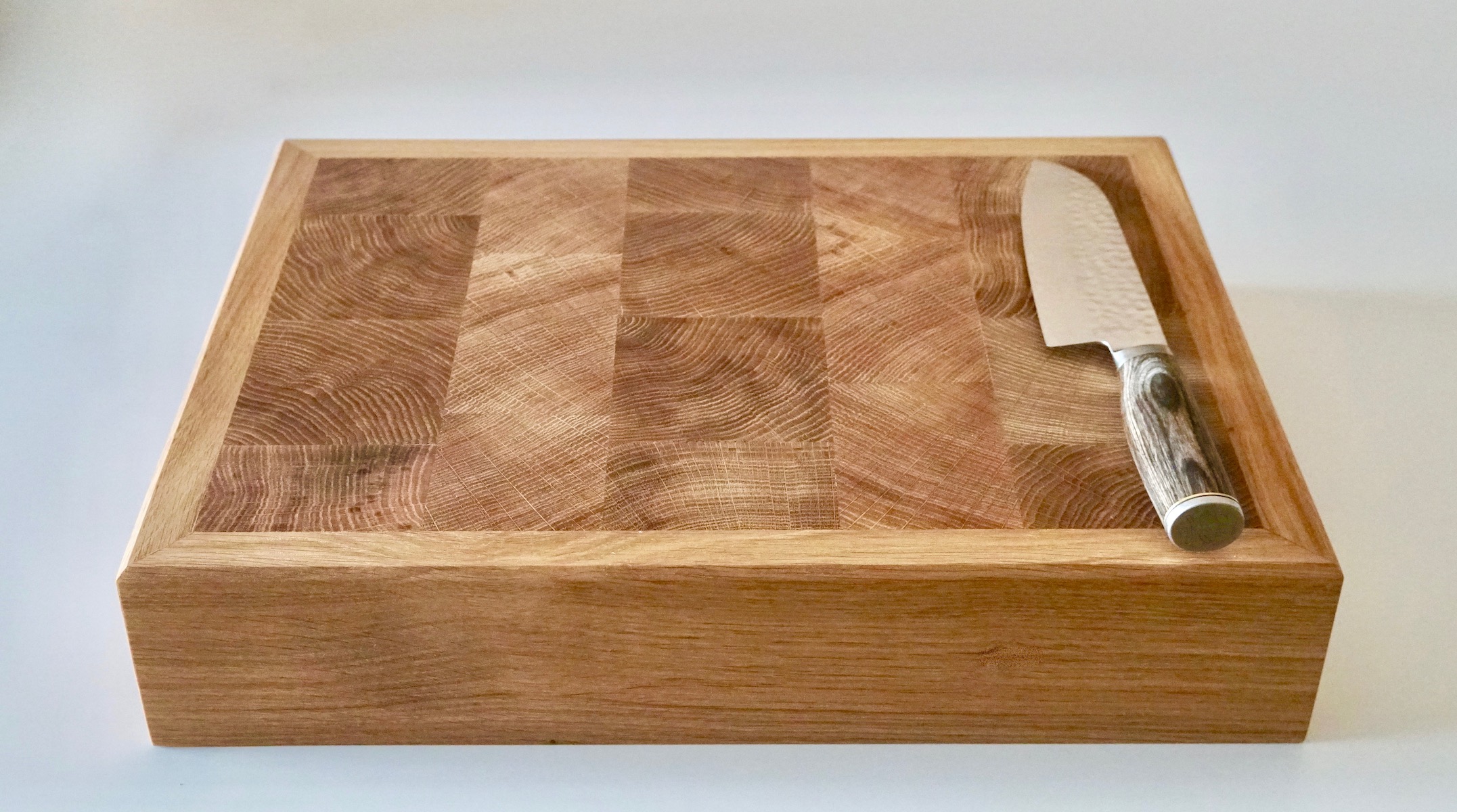
Originally Posted by
roger wiegand

One of the things that I learned working as a scientist is that when the data from your experiment contradict what you see happening in the real world, 99.9% of the time you have a problem with your experiment.
Having repaired perhaps 100 mitered picture frames over the decades where 100% of them had failed at the near end-grain miter joint while having only seen long grain joints fail in situations where the glue was seriously degraded by extreme age or by flood damage, I have to say I'm skeptical. I'm not a material science guy, so I'm not going to critique the testing methodology, but the outcome reeks of an artifact of the specific methodology employed.
I for one am not about to glue two 2x10's together end to end and then stand on the piece as planking on a scaffold.





 Reply With Quote
Reply With Quote





